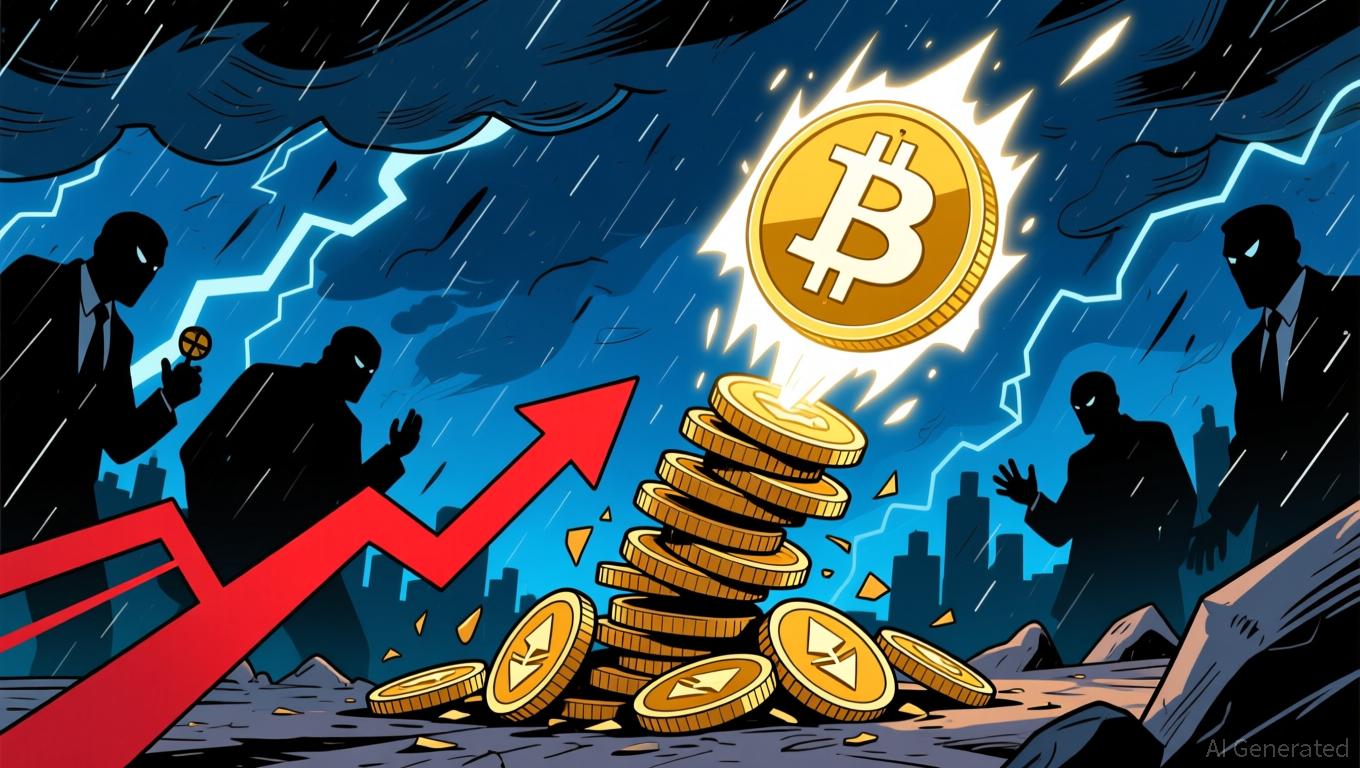The latest surge in Bitcoin prices has sparked significant outflows of
Tether
(USDT), fueling worries about the market’s stability as liquidity tightens.
NYDIG’s research indicates
, spot
Bitcoin
ETFs experienced $3.55 billion in redemptions this November—the largest monthly outflows since their inception—while the supply of stablecoins has dropped for the first time in several months. Greg Cipolaro, NYDIG’s Global Head of Research, links this capital exodus to a reversal of major demand factors, such as corporate treasury activities and algorithmic stablecoins like
USDE
, which has seen its supply nearly halved since October’s liquidation event.
The vulnerability of Tether’s reserves has worsened after S&P Global Ratings downgraded USDT’s stability score to “weak,” its lowest rating. The downgrade was attributed to Tether’s rising allocation to riskier assets, with Bitcoin now making up 5.6% of USDT’s reserves—surpassing the 3.9% overcollateralization margin.
S&P cautioned that a steep decline in Bitcoin prices
, together with losses in other high-risk investments, might leave
USDT
undercollateralized and undermine investor trust. Tether’s holdings, which include gold, corporate debt, and secured loans, now consist of 24% higher-risk assets, up from 17% a year ago, heightening liquidity concerns
as per S&P’s findings
.
Market experts caution that the dynamic between Bitcoin’s rallies and stablecoin withdrawals could set off a feedback loop.
Glassnode’s analysis highlights
that Bitcoin price increases often align with Tether redemptions, as investors shift funds into fiat or alternative assets, putting further pressure on liquidity. S&P’s broader scrutiny of Bitcoin-related vulnerabilities—reflected in its speculative ratings for companies like Strategy—points to a growing systemic risk as crypto and traditional finance become more interconnected
as reported by The Block
.
Despite USDT maintaining its lead in the stablecoin sector with $184.4 billion in circulation, the agency suggested that greater transparency and a reduction in risky asset exposure could help restore its rating. Nevertheless, the current trends mark a pivotal moment for the crypto industry, where tightening liquidity and increased regulatory oversight may challenge the market’s durability in the near future.
